What Is a Timber Pest Inspection?
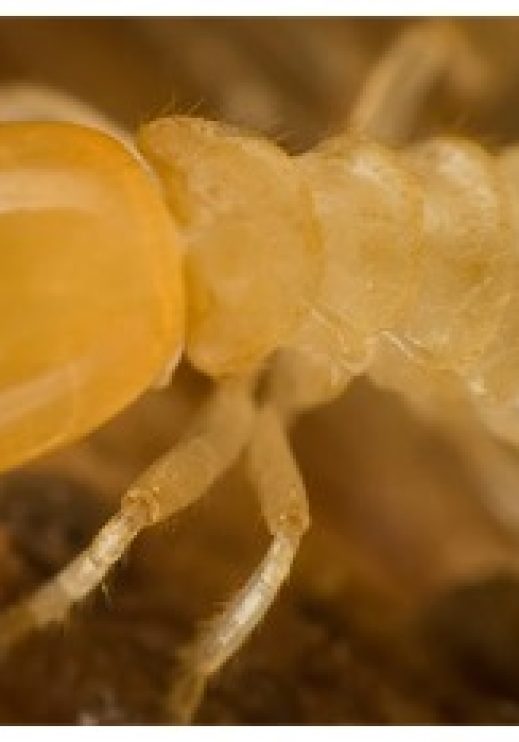
Most lending authorities and wise consumers require a timber pest report of the structural soundness of the intended new home.
This report, with the exception of mortar damage to structural brickwork (mortar bee attack), should be solely concerned with investigation within the property of critical joinery and all structural timbers.
The timber pest inspection Report should include an identifiable summary on whether the property is sound and free of destructive timber pest attack, and provide a detailed listing of all the areas inspected, such as:
- the material of construction;
- condition of the material
- timber pest activity, if any;
- access.
Where there has been damage, the Report should identify the location and its extent.
The inspection process
Access is essential for a timber pest inspection because the focus of the investigation is on structural timbers. Where the structureis obscured accurate detection of any timber pest activity is impossible. Properties with predominantly timber structures require frequent monitoring. Some vendors may not permit cutting of access traps and may even hamper or obscure access. In these cases, the purchaser should be warned of the worst possible scenarios. In other areas, physical access may not be possible. Examples include the interiors of flat roofs and sub-floor spaces where there is not enough crawling space. Skilled inspectors can still make use of “other symptoms” and tell-tale signs that may hint at a major pest problem.
What to do
About one property in twelve will have some significant timber pest damage or infestation. Many of the problems can be remedied with one of these options:
- Replacement of timbers with the correct, durable, ones.
- Reducing the preconditions for an attack.
- Chemical treatment.
Chemical treatment is only one of the weapons available in the arsenal. Some progressive pest companies are now recognising that changing the micro-ecology within the property is the preferred option. This is often more effective than indiscriminate use of some toxic pesticides, some of which are now banned overseas. During construction, pre-treatment for termite prevention may also be advisable. Wherever there has been treated, a durable, easily readable, notice should be fixed to all entries to the sub-floor area.
What to look for
- The following list identifies the likely findings in many properties:
- Assume that every subfloor has had chemical treatment. Therefore, do not allow children and pets into the subfloor area or around the perimeter of external walls.
- Furniture beetles should be expected in any old pine floor. In extreme cases, the entire floor may have to be replaced, but infestation may affect less than 20 per cent of the floor, with little actual effect on the use of the property. Furniture beetle is extremely difficult to eradicate.
- Wet rot has often damaged timber in contact with:
- damp subfloor walls;
- wet areas, such as around baths and showers;
- soil.
- The use of unsuitable choice of timbers for external structures and joinery, which leads to accelerated deterioration of joints and ends of timber.
- Subfloor areas are a likely dumping ground for all forms of debris, especially formwork and timbers from previous building activities.
- Ventilation to the subfloor is often inadequate or obstructed. Cross-ventilation is nullified by a lack of penetration in internal foundation walls.
- Roof, surface or subsoil or defective sewer drainage often discharges water into the subfloor area.
- Where timbers are concealed, expect some future pest problem in about 5 per cent of cases.
The cost of pest inspections varies, please contact Tyrrells (phone 1300 131 270) for an estimate. The time required to complete investigation should range between 40 and 80 minutes, depending on the size of the property and the ease of its access. Thorough property inspections usually take between 1.5 and 4 hours. Where a timber pest inspection is involved, this additional time on-site enables an extremely detailed appraisal of any potential pest problem.
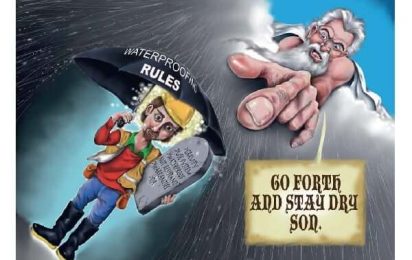
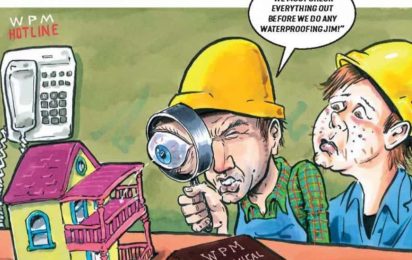
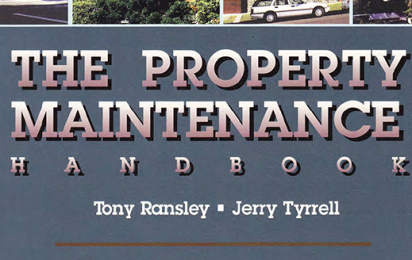
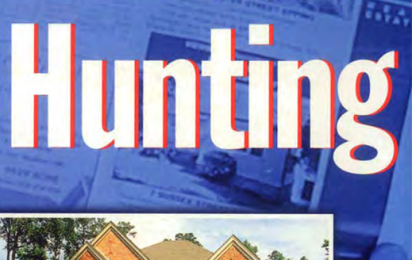
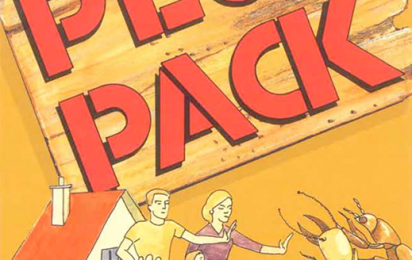
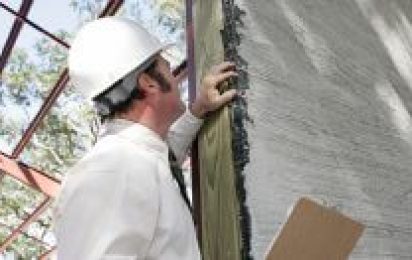
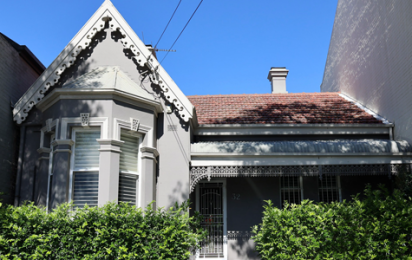
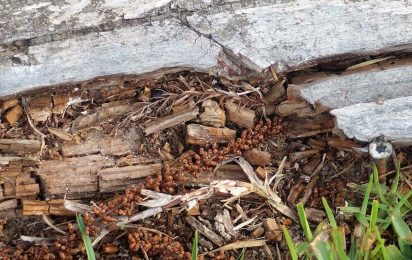
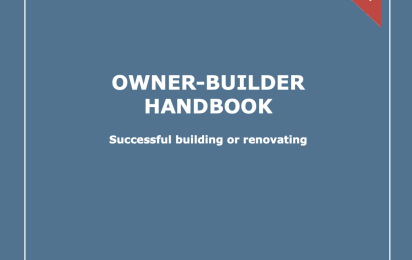
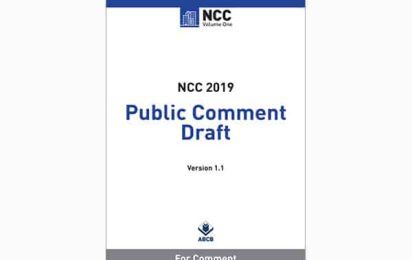
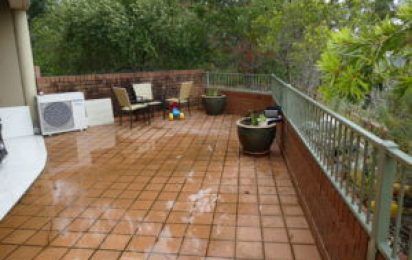

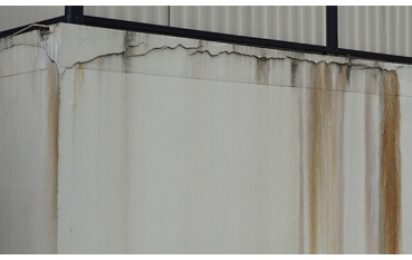
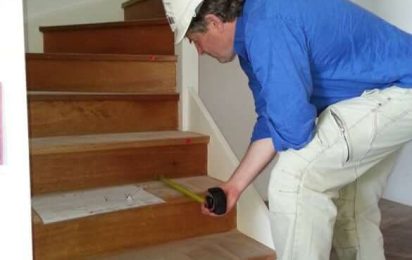
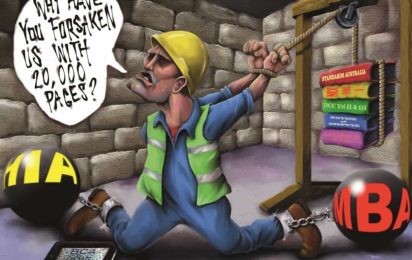
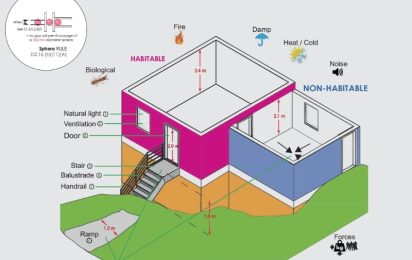

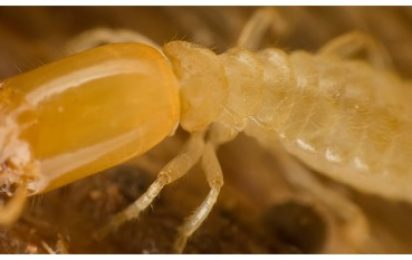
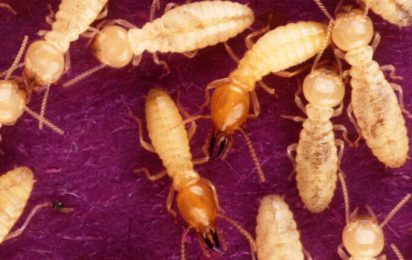


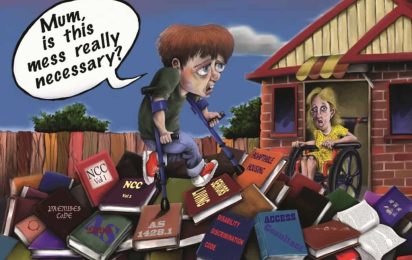

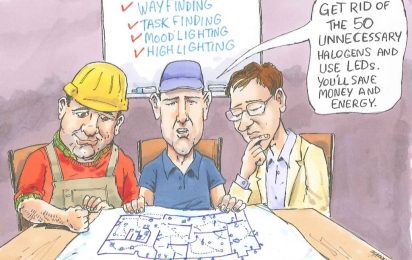
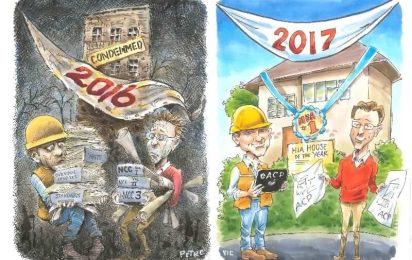
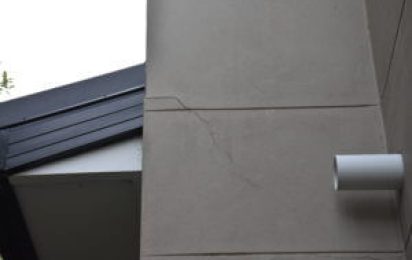
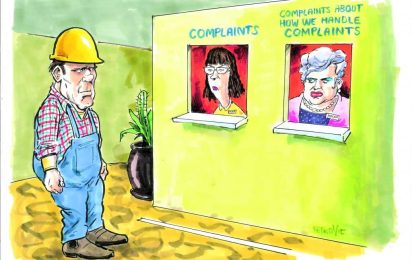
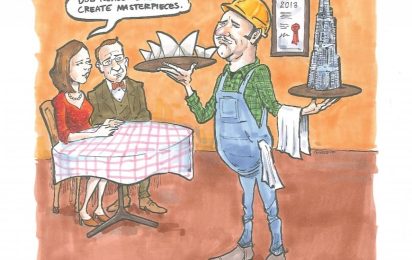
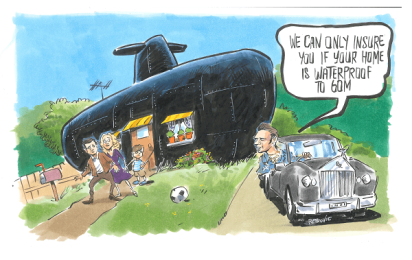
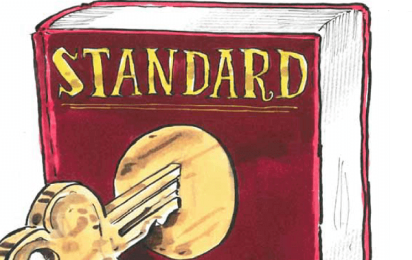

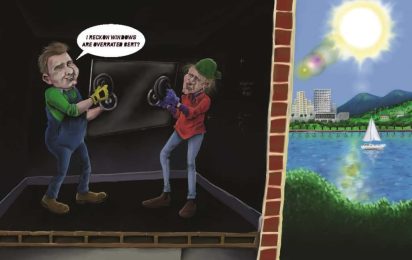

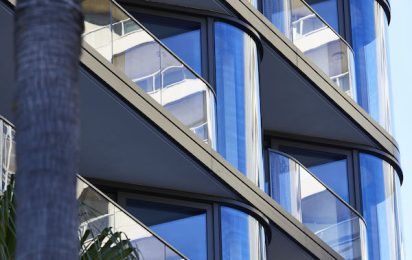
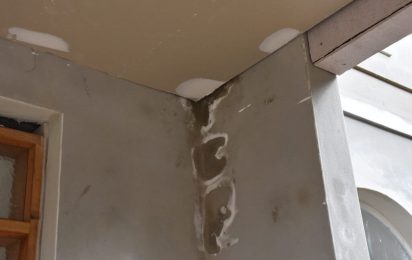
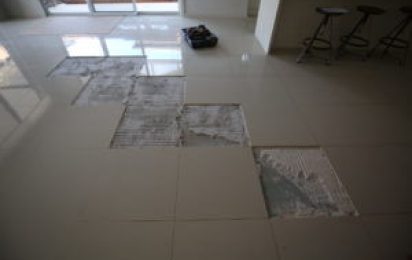
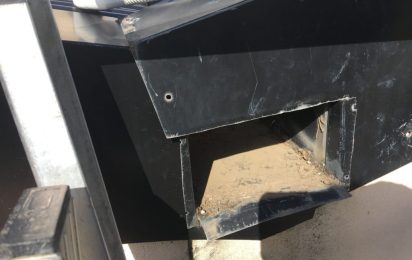
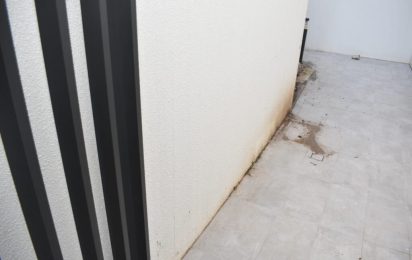
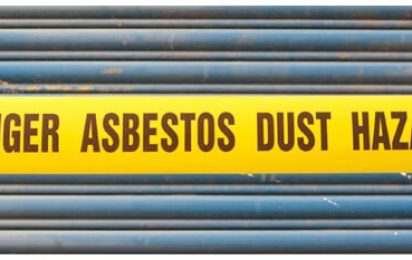
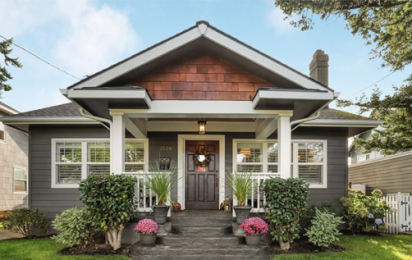
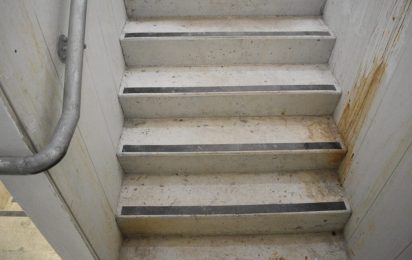
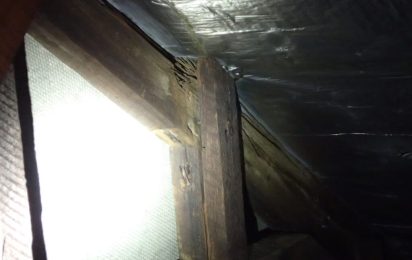
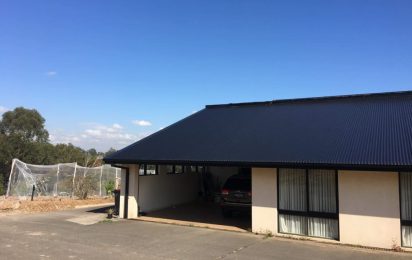

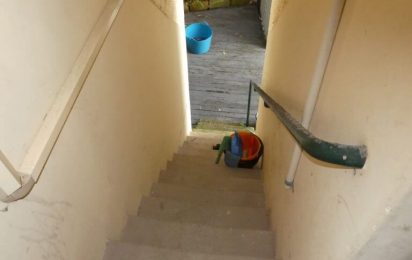
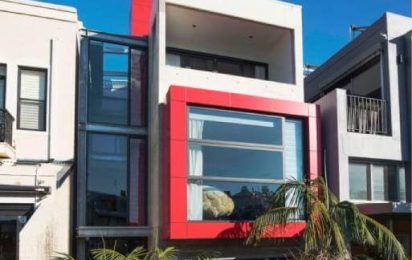
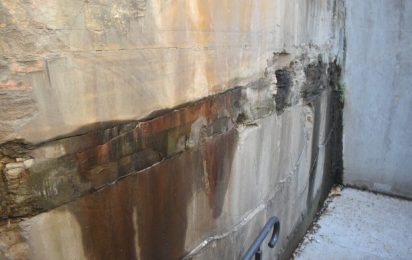
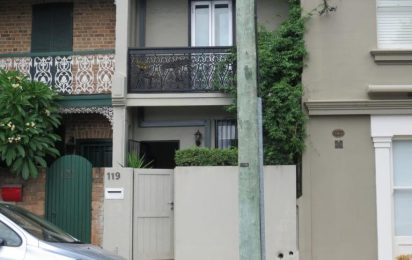
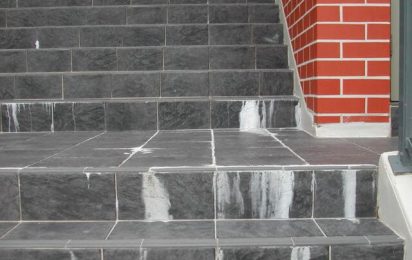
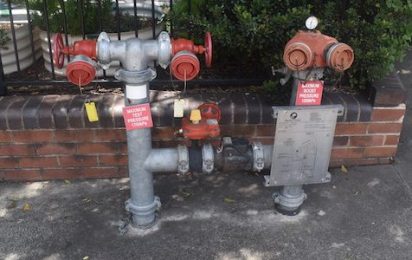
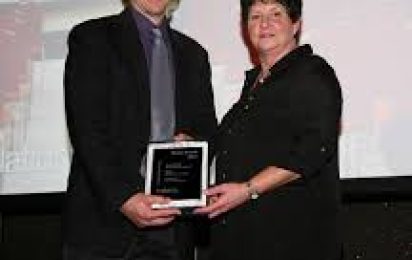
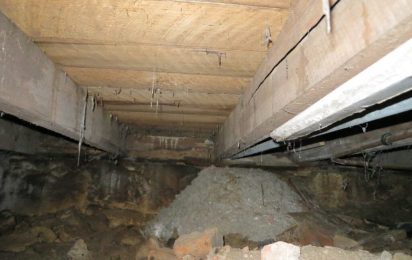
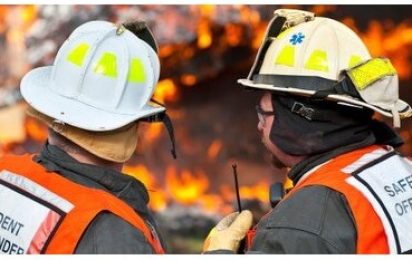
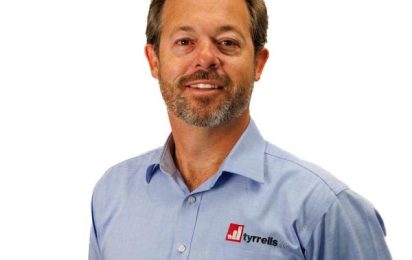
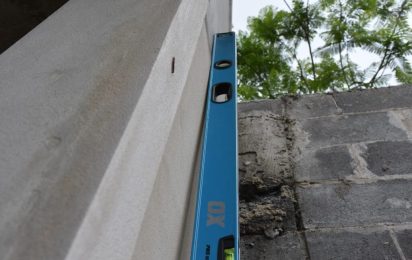

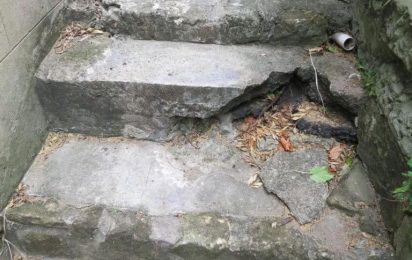
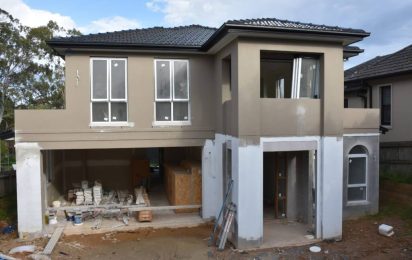
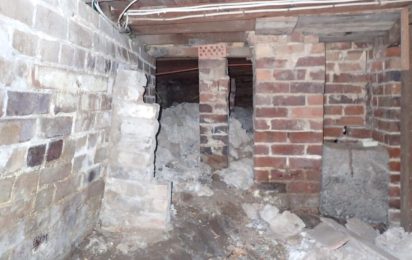
 Back to publication
Back to publication
